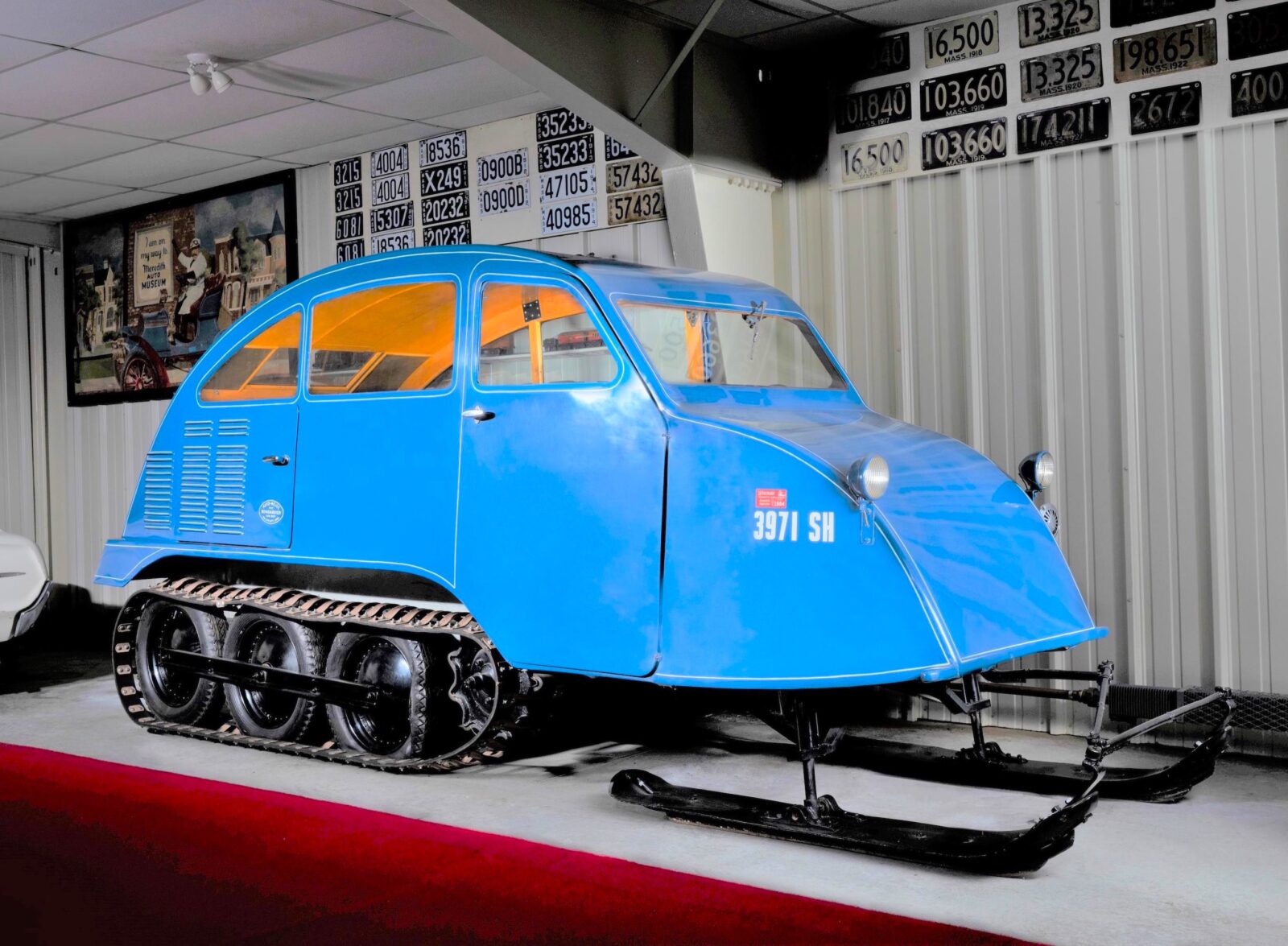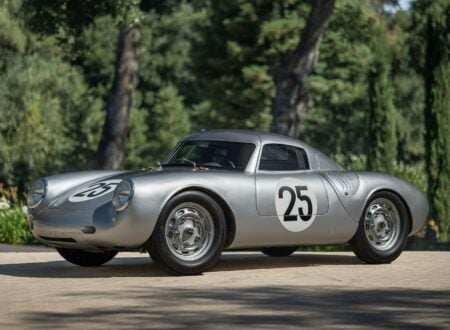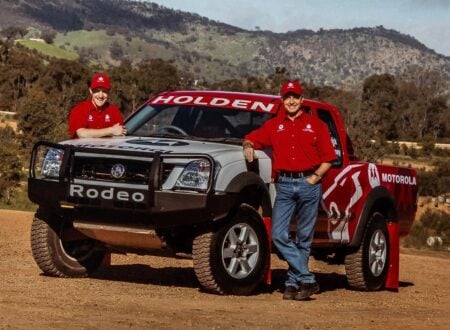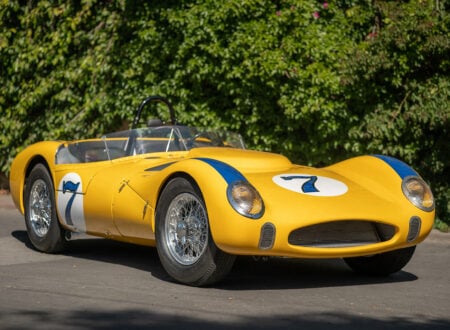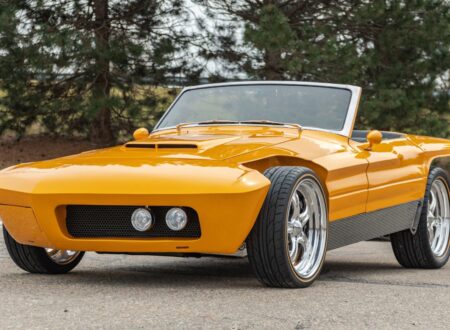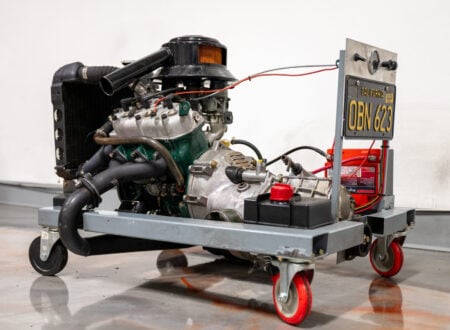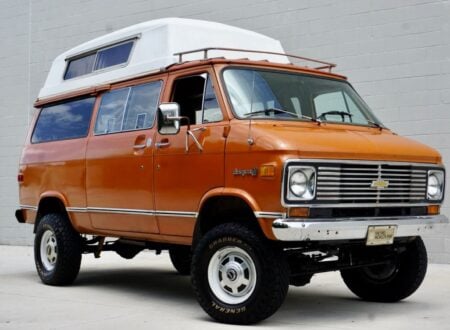It’s not everyday you get the chance to buy a restored Bombardier B7, these were the world’s first dedicated production “snow coaches” able to carry groups of people, and this one is powered by a 221 cu. in Ford Flathead V8.
The Bombardier B7 was designed by mechanic and self-taught engineer Joseph-Armand Bombardier after his 2 year old son Yvon died during the winter because no vehicles could traverse the snow and get him to hospital.
Joseph-Armand was heartbroken by this loss, upon realizing it was a tragically common event, particularly for people in more remote Canadian communities, he set about creating a vehicle that would “float on snow” – allowing freedom of movement all year long.
The First Bombardier Snow Coaches
His first design was completed in 1935 and patented shortly thereafter, he called it the Bombardier B7 because it could carry seven people including the driver. The key to the success of the B7 was its clever tracked rear and its interchangeable front end – you could attach either wheels or skis depending on the surfaces you expected to encounter.
Due to the weight of steel it was decided to build the bodies from nature’s carbon composite, otherwise known as wood, which would provide a cabin structure without being excessively heavy. The vehicles proved reliable and capable of tackling terrain that was sometimes impassable even on foot, as a result the demand for them was strong and the first Bombardier factory was established in 1940.
Soon the B7 was joined by the B12, a similar vehicle able to carry 12. These were boom times for the company and even the outbreak of World War II hasn’t stopped production – customers just needed to prove to the government why they needed a snow vehicle.
In 1948 disaster struck for Bombardier when the Quebec government began clearing snow from secondary roads, this meant that many people no longer needed a snow-capable vehicle during winter and orders dropped off a cliff.
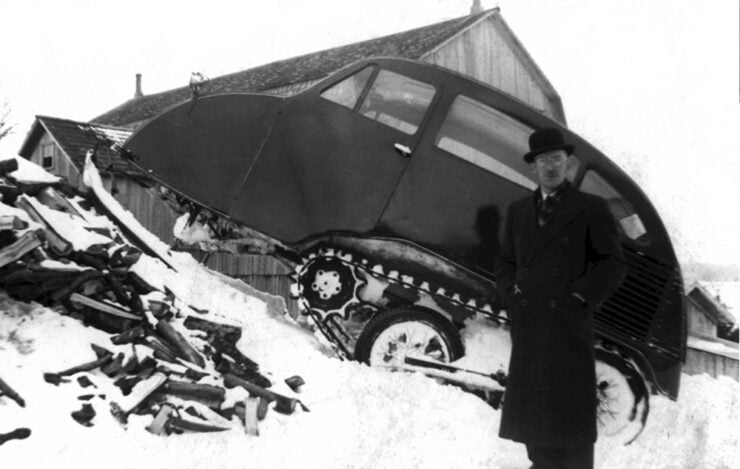
Above Image: Joseph-Armand Bombardier with an early B7 – Image courtesy of the J. Armand Bombardier Museum.
Led by Joseph-Armand Bombardier the company began to pivot, in the early 1950s a new kind of personal snow vehicle was created by Bombardier to replace sleds with dogs – they called it the Ski-Dog but due to a mix up at the printshop creating the first brochures the vehicle became known as the “Ski-Doo.”
Over the course of the company’s history it would produce everything from trains and planes to jet skis, snowmobiles, and motorcycles. Today the aerospace division is a separate entity, however it remains one of the largest manufacturers of business and private jets in the world.
The 1940 Bombardier B7 Shown Here
The 1940 Bombardier B7 you see here is a rare surviving example, largely thanks to the fact that it spent many years of its life in a museum. It benefits from an older restoration and the woodwork all presents well – most original B7s haven’t survived to the rigors of their environment and the challenging jobs they were frequently asked to do.
This B7 is powered by a Ford Flathead V8 with a swept capacity of 221 cu. in. (3.62 litres), though it isn’t mentioned if this is the original engine. It’s mated to a 3-speed manual transmission driving the rear tracks.
Clearly the top speed of vehicles like this is relatively low due to the fact that they weren’t built to go fast, they were built to go slowly over just about any terrain you could point them at. It’s believed that this Bombardier was originally used at a ski resort, as many were. It has now been recommissioned for use and the seller reports that it is once again in running and driving order.
If you’d like to read more about this Bombardier or register to bid you can click here to visit the listing on Bonhams, it’s due to roll across the auction block on the 20th of May at the Amelia Island Auction.
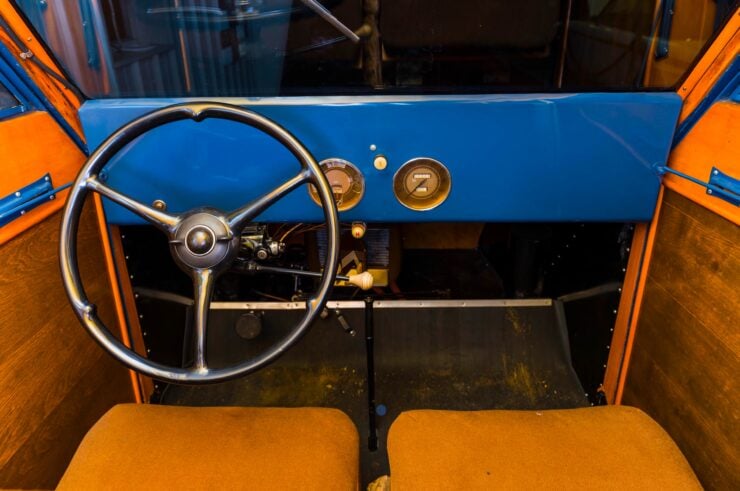
Above Image: The driver sits on the left and operates the transmission via a column shift, the B7 has both a heater and headlights, and it uses round portholes down the sides as they offer better strength in high winds.
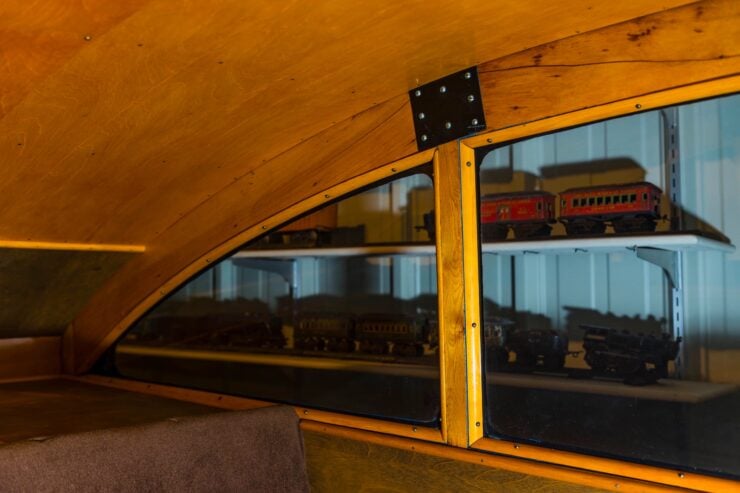
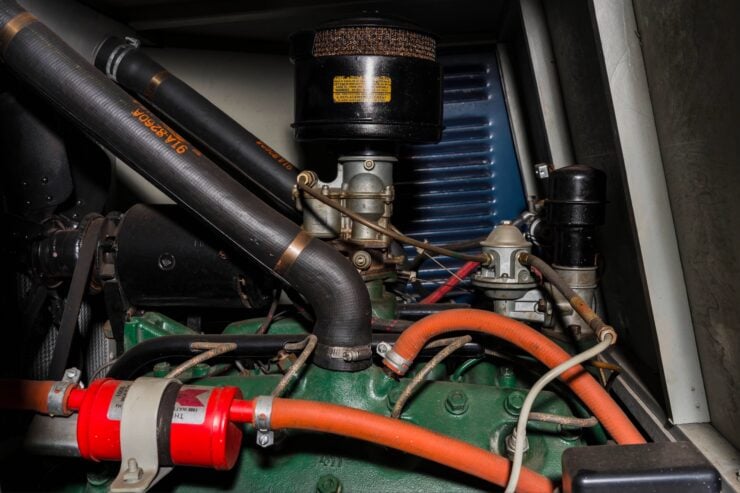
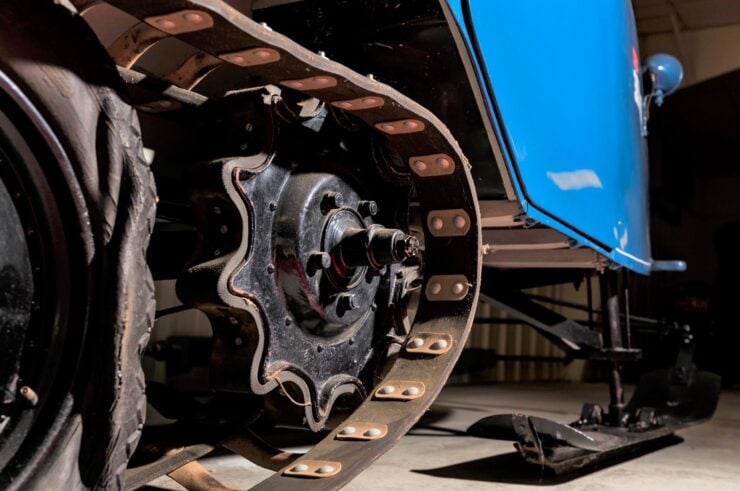
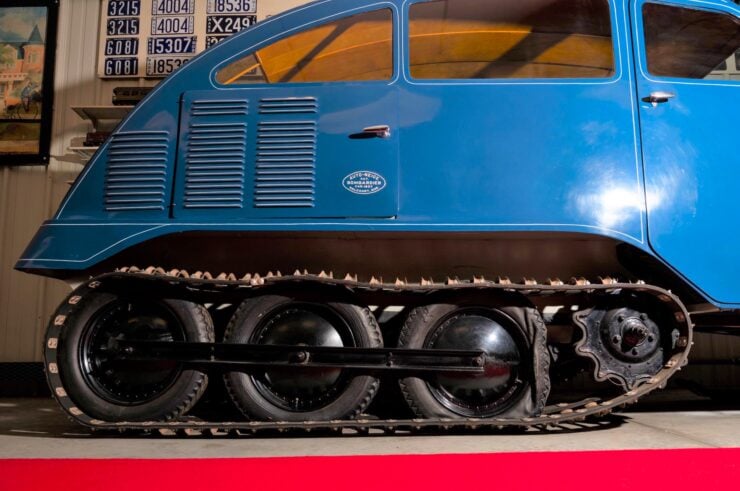
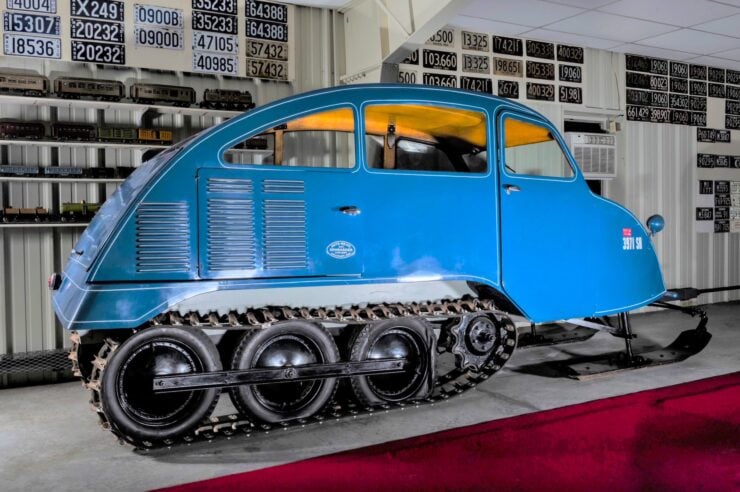
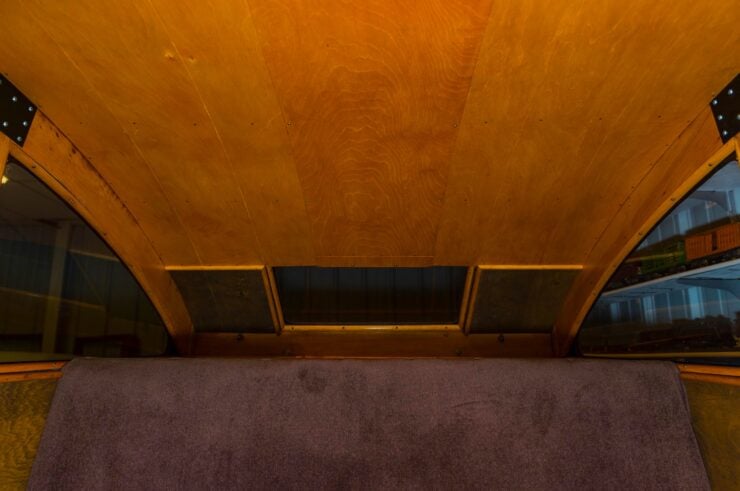
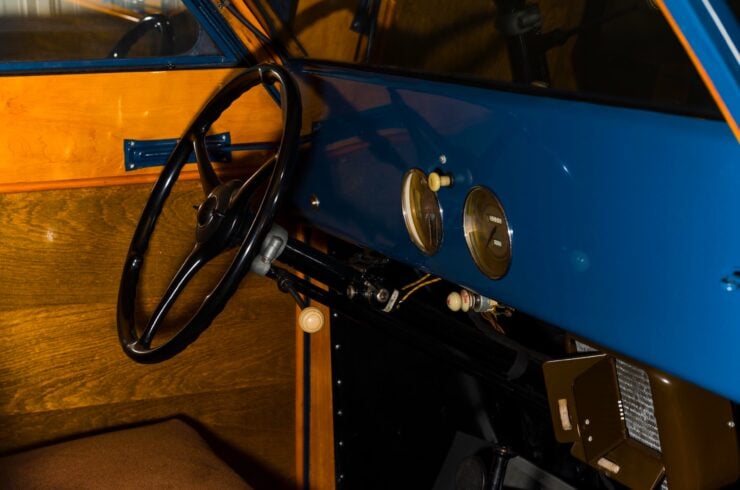
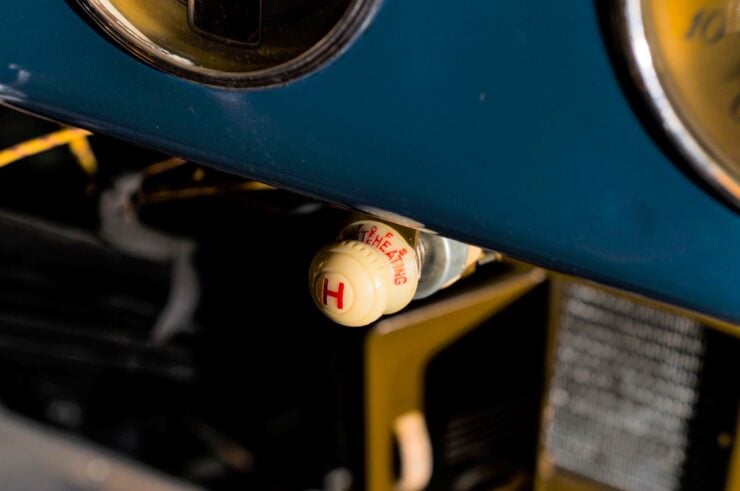
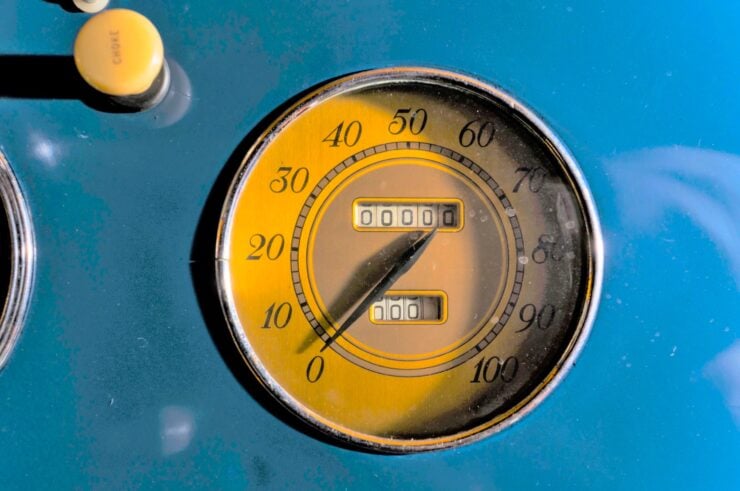
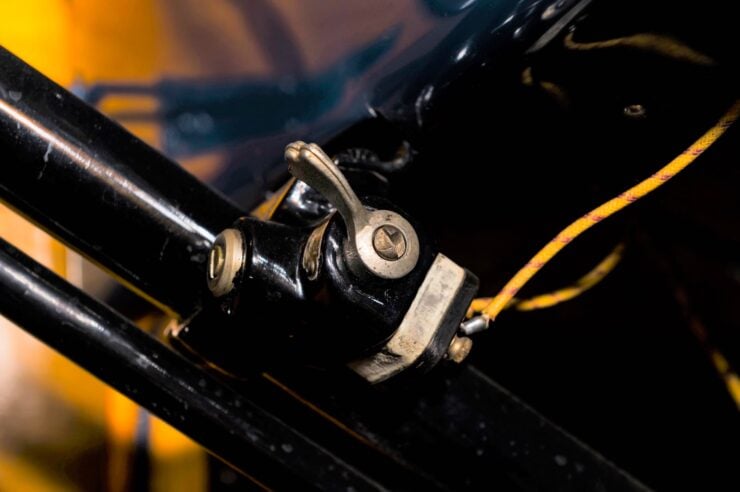
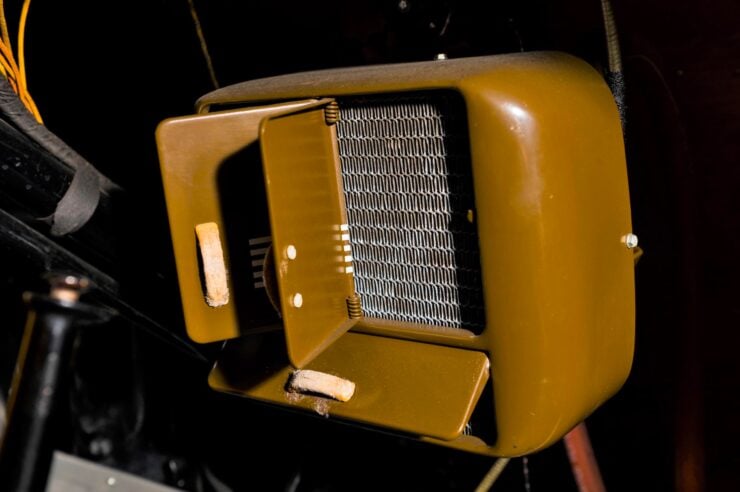
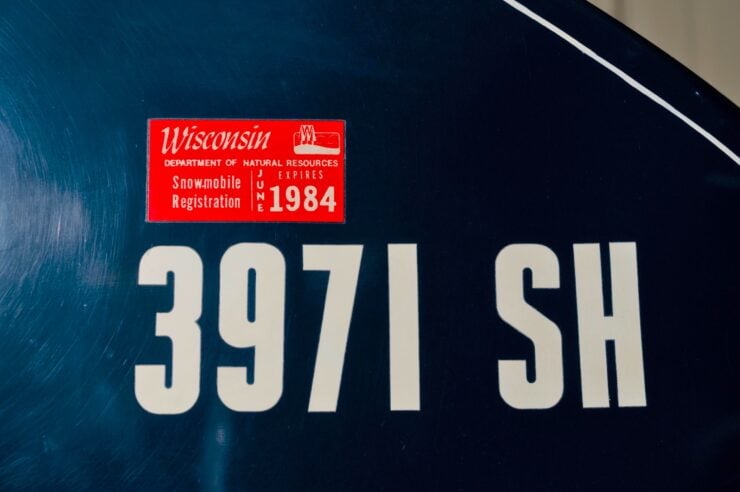
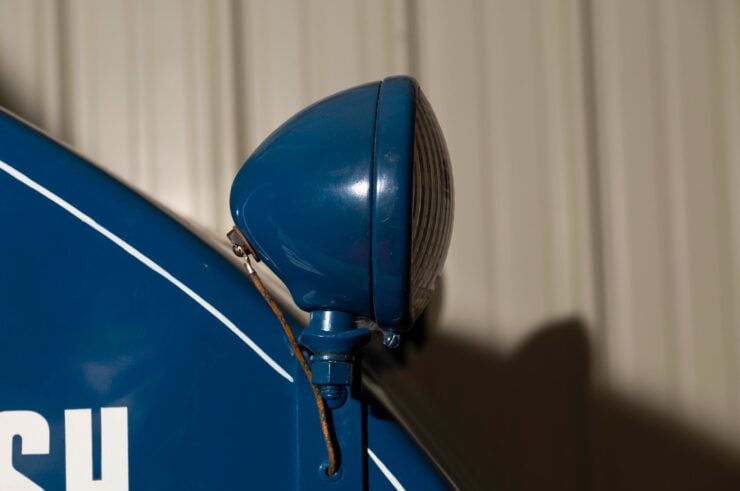
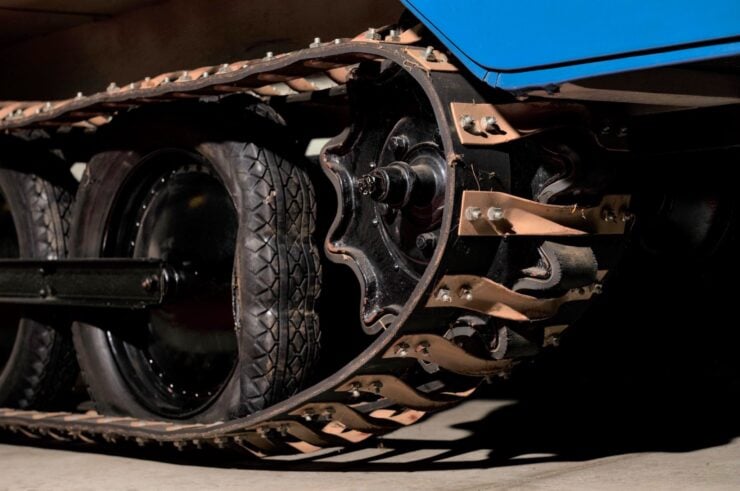
Images courtesy of Bonhams

Articles that Ben has written have been covered on CNN, Popular Mechanics, Smithsonian Magazine, Road & Track Magazine, the official Pinterest blog, the official eBay Motors blog, BuzzFeed, Autoweek Magazine, Wired Magazine, Autoblog, Gear Patrol, Jalopnik, The Verge, and many more.
Silodrome was founded by Ben back in 2010, in the years since the site has grown to become a world leader in the alternative and vintage motoring sector, with well over a million monthly readers from around the world and many hundreds of thousands of followers on social media.

